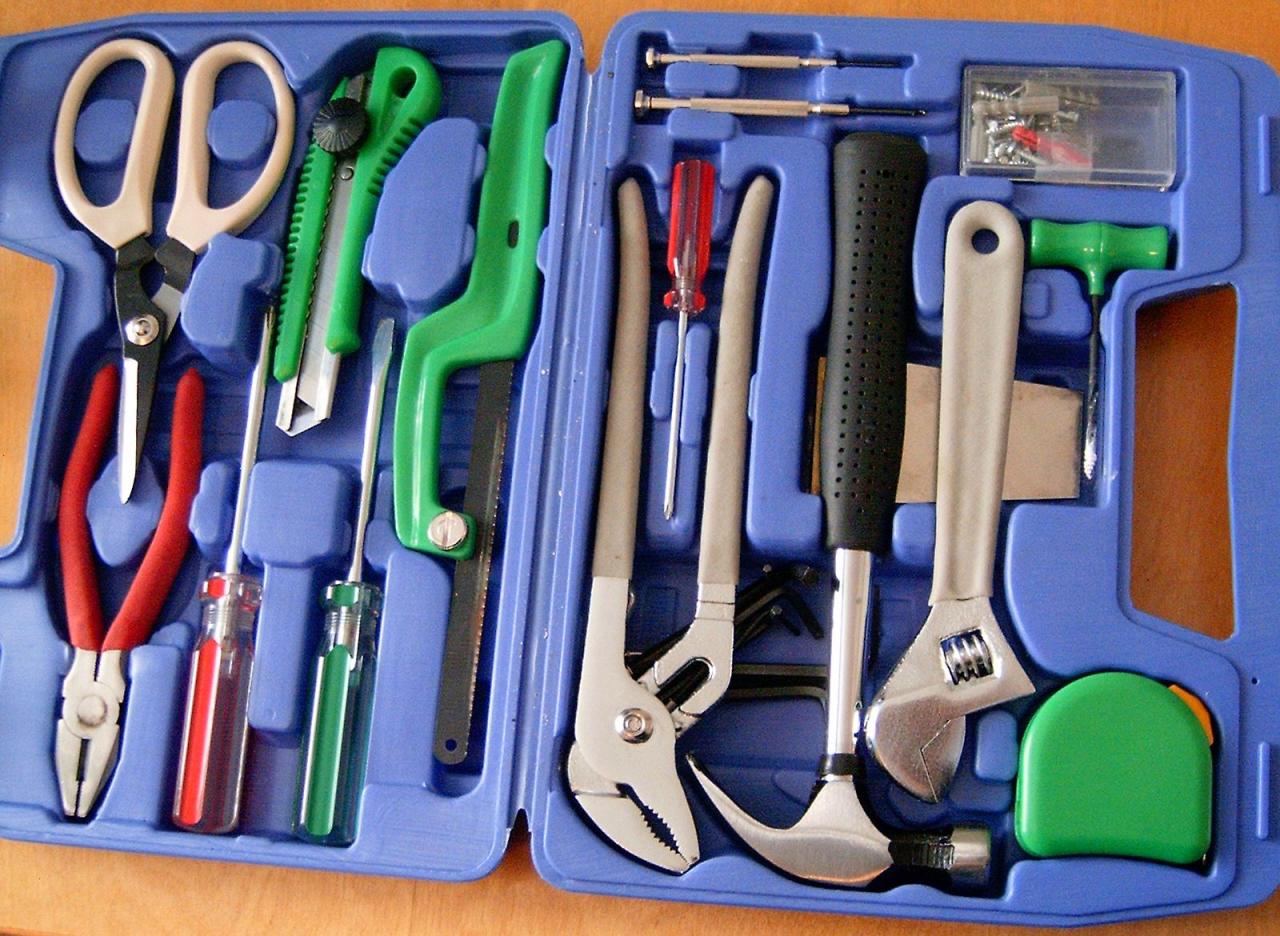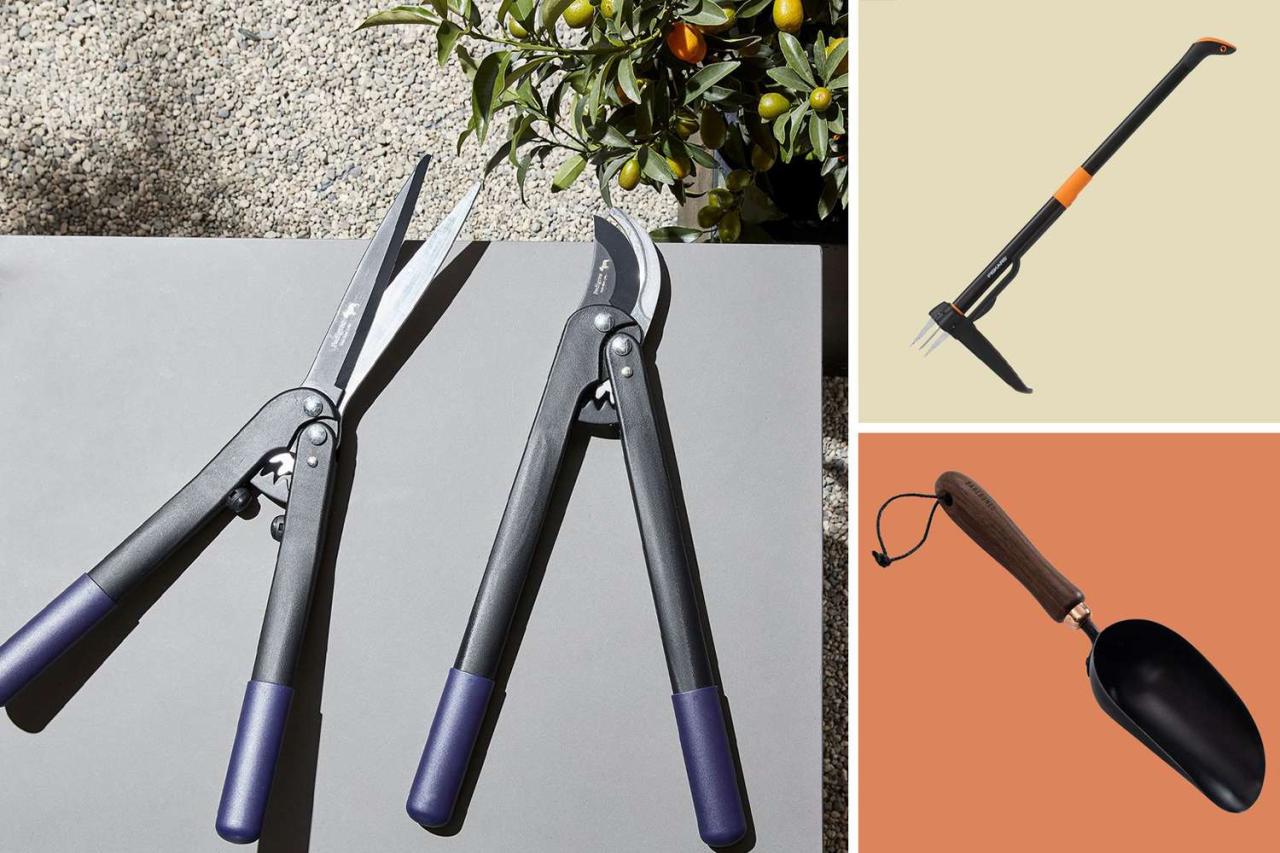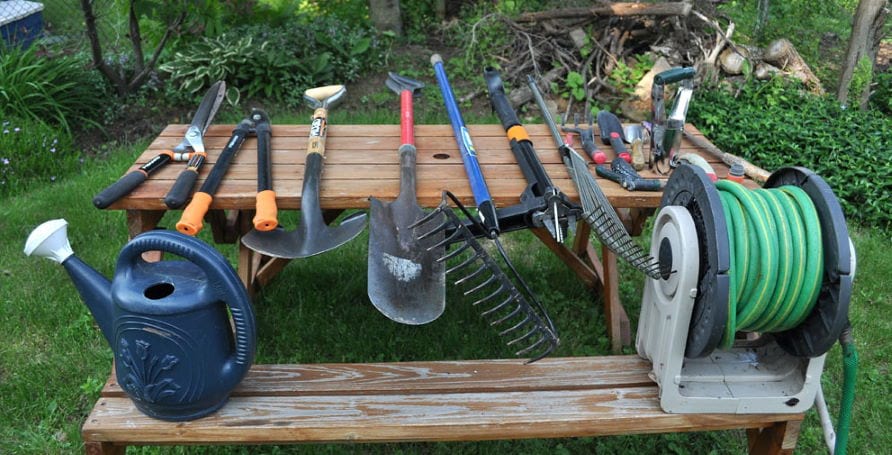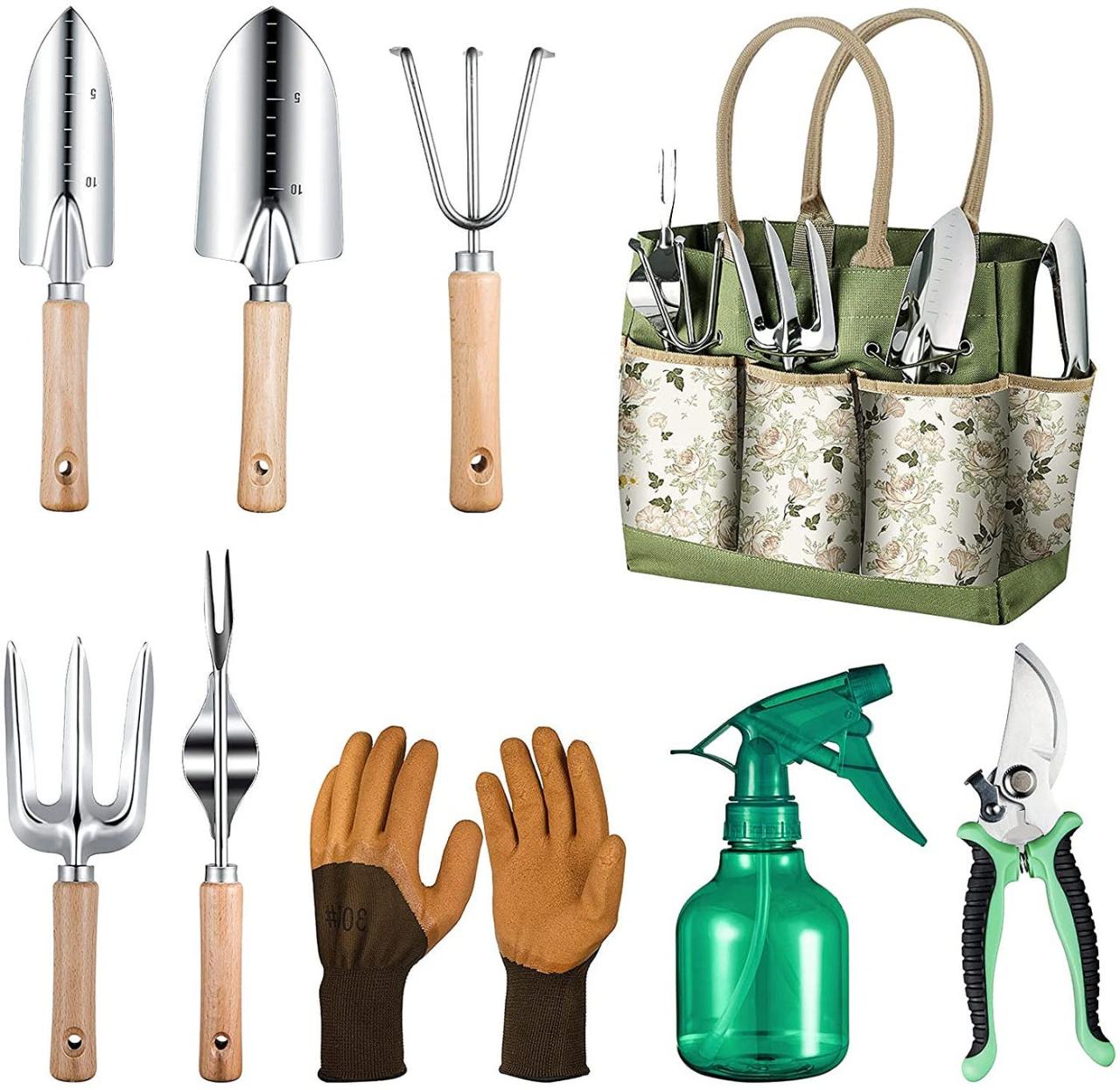The Evolution of Garden Tools: From Traditional to Cutting-Edge

Gardening, an age-old practice, has seen a remarkable evolution in the tools and technology used to nurture and cultivate our green spaces. From the humble beginnings of basic hand tools to the integration of modern innovations, the evolution of garden tools has transformed the way we interact with our gardens, making gardening more efficient, convenient, and enjoyable.
Traditional Tools:
Traditional gardening tools have been the backbone of gardening for centuries. Handcrafted and time-tested, these tools reflect simplicity and functionality. Implements like spades, shovels, rakes, and hand trowels have stood the test of time, serving as fundamental tools in almost every gardener’s kit.
Transition to Modernity:
The transition from traditional to modern gardening tools has been marked by advancements in material technology, ergonomic design, and functionality. Stainless steel, lightweight alloys, and carbon fiber have replaced traditional iron and wood, enhancing durability and reducing tool weight.
Innovative Designs:
Modern gardening tools boast innovative designs aimed at improving efficiency and comfort. Ergonomically designed handles reduce strain on hands and wrists, while cushioned grips provide better control and comfort during prolonged use. Adjustable features cater to various gardening needs, allowing customization for different tasks.
Electric and Battery-Powered Tools:
Electric or battery-powered tools have revolutionized gardening practices. Cordless trimmers, pruners, and lawnmowers offer convenience and mobility, reducing noise and emissions compared to their gas-powered counterparts. Robotic mowers autonomously maintain lawns, freeing up time for gardeners.
Smart Technology Integration:
Smart technology has found its way into the gardening realm. Soil moisture sensors, automated irrigation systems, and garden apps equipped with plant databases and care reminders assist gardeners in making informed decisions, optimizing watering schedules, and monitoring plant health.
Specialized and Precision Tools:
The rise of specialized tools has catered to specific gardening needs. Tools for raised beds, vertical gardening systems, and precision planting aids enable gardeners to maximize space utilization and achieve accurate planting, especially in urban or limited spaces.
Sustainable Innovations:
The focus on sustainability has led to the development of eco-friendly garden tools. Solar-powered lighting for gardens, compost tumblers, and water-saving devices promote environmentally conscious gardening practices, reducing the ecological footprint of garden maintenance.
Future Trends:
The future of garden tools looks promising with ongoing advancements in robotics, AI integration, and sustainable materials. Innovations like automated weeding robots, AI-powered plant care systems, and biodegradable tool materials are on the horizon, promising more efficient and environmentally friendly gardening solutions.
The evolution of garden tools from traditional to cutting-edge designs exemplifies the harmonious blend of timeless gardening wisdom with modern technology. As gardening continues to evolve, the tools we use adapt to meet the changing needs of gardeners, ensuring that gardening remains a fulfilling and accessible hobby for generations to come.





